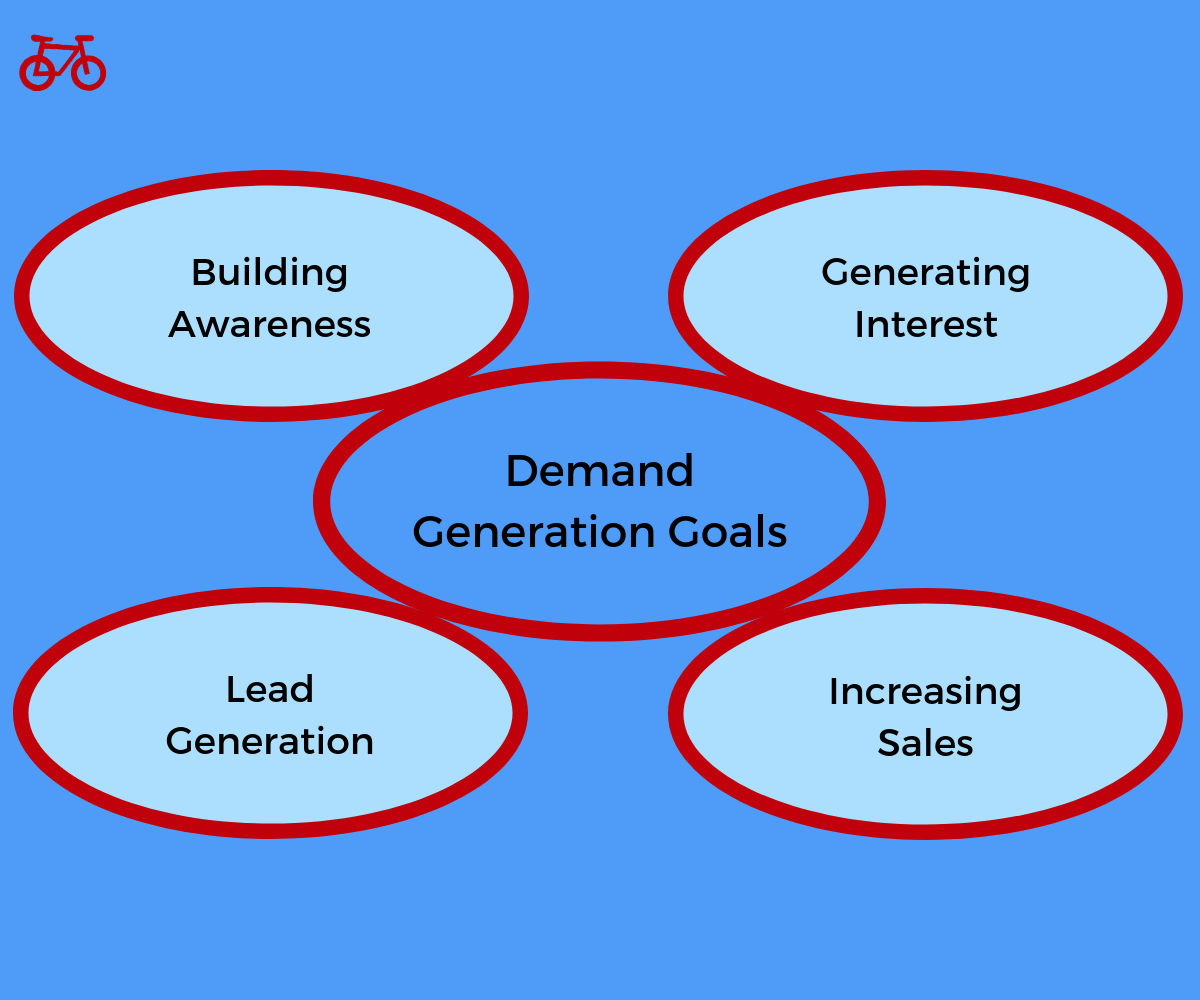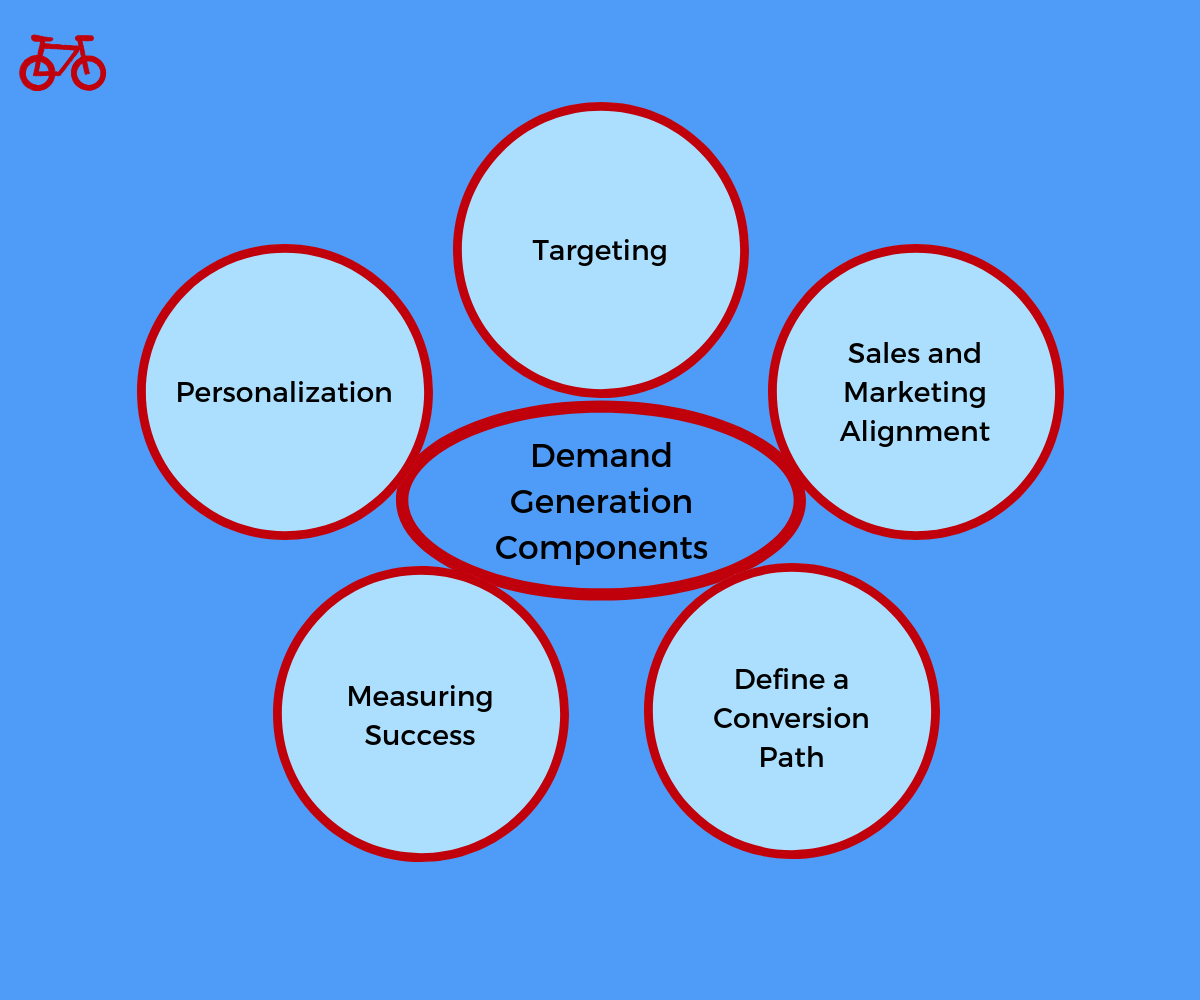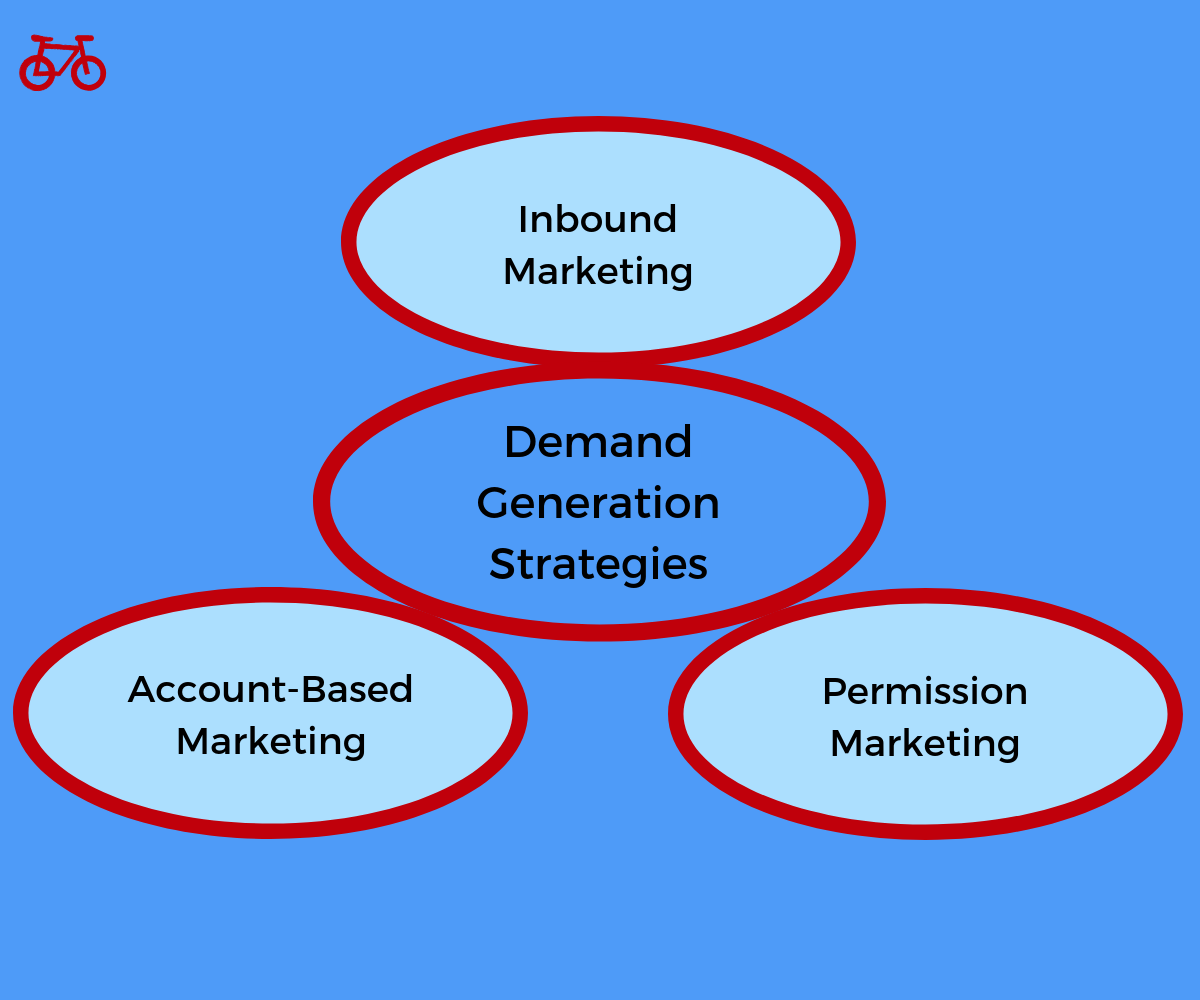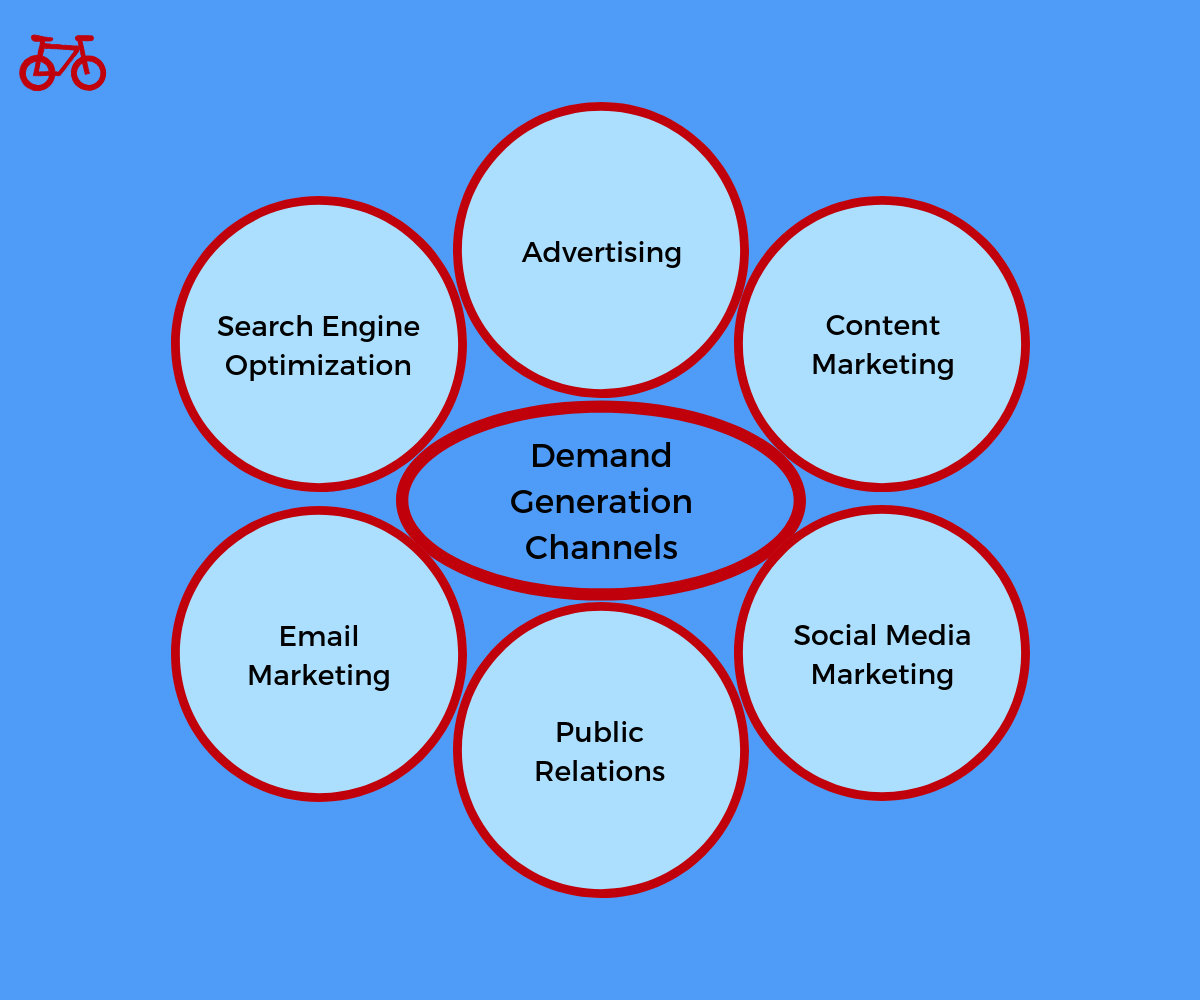Pulling interested customers to your products is a high engagement marketing strategy. It is about generating demand for your product in your given market.
This is demand generation marketing. Using various strategies, tactics, and channels to generate demand and interest for your product and company.
It is an important concept in marketing. Even more so as technology makes execution and tracking easier.
Here, we are going to discuss an overview of demand generation marketing.
What is Demand Generation?
Demand generation is the process of generating demand for products or brands through various awareness and interest generation strategies. It is a form of pull marketing, which essentially means “pulling” prospects and customers to your products, brand, or company.
Demand generation marketing can use many strategies and tactics. For example, inbound marketing is a form of demand generation. Permission marketing and even account based marketing are all forms of the demand generation concept.
Ultimately, demand generation is a holistic pull marketing strategy.
Key Goals of Demand Generation Marketing
Demand marketing has gained significant traction as technology continues to make the strategy easier to execute and track.
As a pull marketing concept, it is easier to acquire customers who already have a need. It is a less intrusive marketing strategy. Demand marketing can also lead to increased loyalty from customers.
When considering demand generation, there are a few goals to consider. These can be used as a way to measure campaign and strategy success. The following are some of the key goals of demand generation marketing.

Building Awareness
A key goal in demand marketing is building awareness. This particular goal is focused on making prospects, who are not aware of your brand or product, aware. It is the first step in selling and marketing. It encompasses the top of the funnel.
To build awareness, demand marketing uses strategies like advertising, SEO, and content marketing. It can include additional things as well.
Generating Interest
Another key goal of demand generation marketing is generating interest. This extends beyond the top of the funnel. Interest can be generated from prospects and customers alike. The goal here is to make prospects and customers want your products. Then, they ask for it.
Interest is about creating enough demand for your products that customers act.
Lead Generation
Generating leads is another key goal of demand generation. As demand generation has a strong focus on the top of the funnel, sales and marketing alignment is necessary. The alignment focuses on marketing generating qualified leads and sales converting and closing those leads.
This is a particularly critical goal in business to business marketing.
Increasing Sales
Like any marketing strategy, the ultimate goal is to increase sales. Thus, demand generation is about increasing the size of our pipeline with more qualified leads. This increases our conversions, customers, and ultimately our sales.
Taking these goals can help set the stage for our demand marketing strategy. Goals, or what we would like to accomplish, should always be a foundation for choosing any particular marketing strategy. All strategies and concepts have strengths and weaknesses. It then makes sense for us to align these strategies with our own abilities.
Components of Demand Generation
Demand generation requires various components. The components lay the foundation for a successful strategy. These are the principles that do not change.
Determining the components of our strategy help form our strategic plan. We can identify the areas of focus. Then, we can execute. The following are some of the components of demand generation marketing.

Targeting
First and foremost, you have to define your audience through various targeting tactics. The target market we choose will dictate everything else we do in our demand generation strategy. Our targeting determines our message, where we spread our message, and it will shape our entire sales and marketing process.
Targeting is the foundation for our demand generation strategy.
Personalization
The more personal we can make our messaging the more relevant our marketing. The more relevant our marketing, the more we can engage with our audience. This all contributes to better conversion, which makes our demand generation activities more effective.
Creating a personalization process is a key component of our demand generation strategy.
Define a Conversion Path
Understanding who your prospects are, what makes them convert, and then translating that into a conversion path is part of demand marketing. Defining the conversion path determines where we can create touch points that generate demand for our products and services.
Understanding how our prospects convert is essential to creating a conversion path in our demand generation.
Sales and Marketing Alignment
Marketing is largely responsible for the top of the funnel and sales the bottom of the funnel. Simply speaking. Thus, marketing has to provide sales what they want and can close. But, the sales team also plays a role in generating their own leads. Just like marketing plays a role in converting customers.
So, with the process being fluid, both teams have to work together within the defined conversion path.
Measuring Success
As with all of our marketing, we need to measure our results. Then, determine whether the results meet our definition of success. This is a critical component so that we can assess our demand marketing. Then, based on the results adjust and improve our process.
These are the top-level demand generation components that should be the foundation for our strategy. Once we establish these areas, we can build, improve, and expand our demand marketing strategy.
Demand Generation Strategies
Now that we have our demand generation marketing foundation, we should take a look at some of the strategies we can use. When looking at strategies, these are the overall concepts in building demand for our product. These are the concepts that pull prospects and customers in.
So, with our look at strategies, we are going to focus on three strategic concepts. The following are a few demand marketing strategies.

Inbound Marketing
Inbound marketing is a key demand generation strategy. It is all about being where your prospects are when they are searching for information about your product. It is about making them interested through a pull strategy.
Thus, inbound marketing is one strategy you can use to increase demand.
Account Based Marketing
Account based marketing is the approach where strategic accounts are targeted. Then, demand is generated within those strategic accounts. This is a demand generation strategy targeted at enterprise business to business customers.
Depending on your business, this can be a great demand generation addition.
Permission Marketing
Permission marketing, which can be a variation of inbound marketing, is another form of demand generation marketing. It uses interest and demand to get customers to provide you with permission to ask for the next level of commitment.
It is a way to market and communicate to those who want to be marketed and communicated with.
These are just a few of the different demand marketing strategies you can focus on. They do not have to be used independently. But, they can be used in conjunction. Understanding the strategy and how it fits with demand marketing can determine whether it fits with your business goals.
Demand Generation Channels
Defining our goals and selecting our strategy are the first steps in demand marketing. Then, before we begin our execution, we should decide on the channels we would like to focus on.
There are many channels we can use to generate demand for our products. Determining which ones to use depends on our goals, strategies, and capabilities. Here are a few of the more popular demand marketing channels.

Search Engine Optimization
Search Engine Optimization (SEO) is a critical demand marketing channel. Being where prospects are searching and providing them with the answers they need provides a contextual touch point. SEO is a key channel to drive organic traffic.
SEO can be a profitable demand marketing channel.
Advertising
Advertising can be an effective demand generation channel. You can control the message you place in front of prospects. You can control the conversion path. Also, it is an effective way to drive awareness.
Incorporating advertising can be an effective awareness channel for your demand marketing strategy.
Content Marketing
Content marketing, which lays the foundation for your SEO strategy, can contribute to the entire conversion path. Content, if engaging, can create demand with your audience. By creating blog posts, eBooks, guides, checklists, and even videos, you can provide value across the entire conversion path.
This value can be used to generate significant demand.
Email Marketing
Email marketing can create demand, based on engaging content or relevant offers. Whether emailing your existing database or using an outbound marketing approach, it can help get you in front of more of your audience. Also, email is a channel entirely in your control.
This can make email marketing an effective contribution to a demand generation strategy.
Social Media Marketing
Social media provides unprecedented access to prospects. Some platforms even provide an effective way to have direct conversations with prospects at scale. This direct access provides a nice ability to generate awareness, interest, and demand.
Social media, with its effective platforms, can be an engaging demand marketing channel.
Public Relations
Public relations (PR) is an excellent channel. Both by being written in the press and appearing on things like podcasts and interviews. It provides you with the ability to discuss your product and messaging in a non-intrusive, non-threatening environment. There also tends to be more engagement.
Thus, making PR part of demand generation is an effective channel to use.
These are just some of the channels you can use to generate demand. The channels you use largely depend on your goals and what you would like to achieve. So, understanding each channel is important in order to choose the ones that match your strategy best.
Demand marketing is another one of the key strategic marketing concepts you have at your disposal. It is a common theory, and with technology making execution easier and tracking more insightful, it continues to gain traction. As a less intrusive form of marketing, it tends to be more pleasant to prospects and generate higher engagement among customers.
